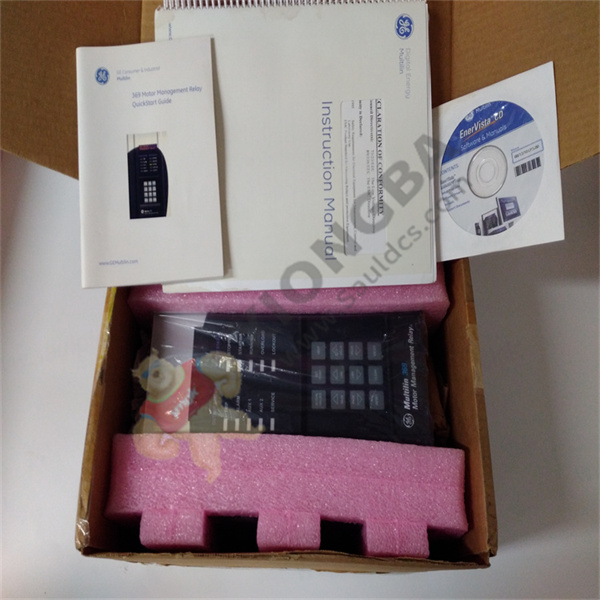The difference between relays, current sensors and switch sensors
The terms sensor, relay, switch, and sensor are sometimes used interchangeably, and they are often used in very similar applications. While they all provide simple ways to retrieve, organize, and analyze trends in building systems, they all have unique capabilities. Sensors are input devices that do nothing by themselves. Their function is to read physical quantities and convert them into electricity to help you monitor your device. However, current monitoring sensors can be included in the same box as your relays – a useful combination if you’re looking to save money (and space). · Switches and relays are very similar in function. Although the relay itself is not a current switch, it controls switches that may be located elsewhere. If certain parameters are met, the relay will trigger the current switch. · Relays are output devices used to switch high voltage/high current loads using low voltage/low current circuits. They also have the advantages of physical separation and multiple wiring outlets to isolate wires with different loads. · Sensors are used to monitor electrical loads, such as relays, but their role is different. The purpose of a current sensor is to convert the raw input of a conductor into a standard digital signal, which is often more useful for building systems and software.

369-HI-R-M-0-0-0-E
GE 369-HI-R-M-0-0-0-E Current monitoring relay
 中文版
中文版



